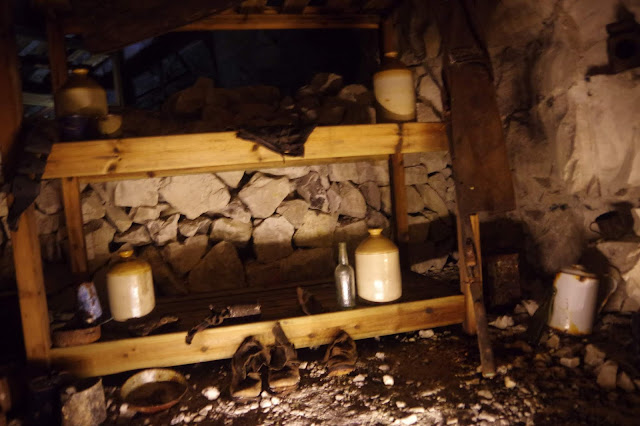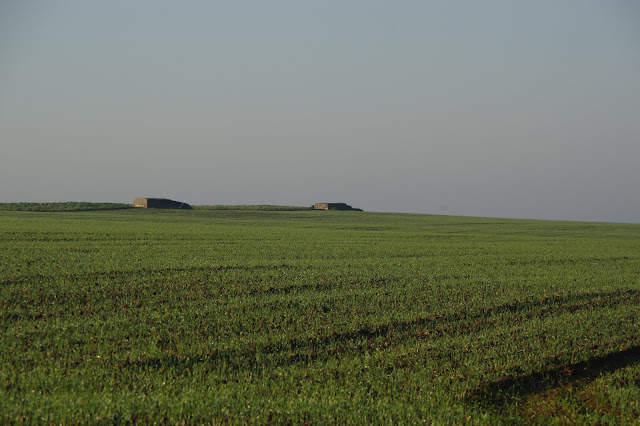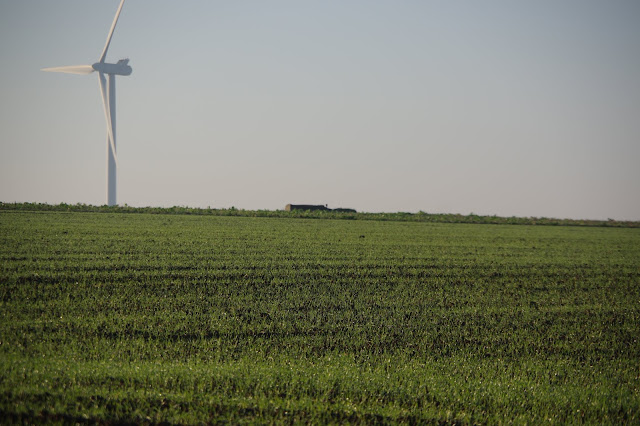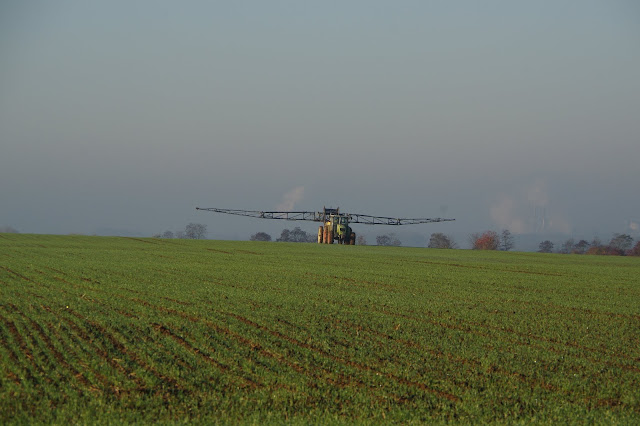Thursday, June 13, 2019
Lex Anteinternet: New Zealand Tunneling effort at Arras, France
Lex Anteinternet: New Zealand Tunneling effort at Arras, France:
Wednesday, June 12, 2019
Monday, June 10, 2019
Heninel Croisilles Road Cemetery, France.
These are photographs of the Commonwealth Cemetery at the Heninel Croiselles Road Cemetery.
The Commonwealth and German soldiers are buried in this Commonwealth Cemetery.
Thursday, June 6, 2019
Lex Anteinternet: Blog Mirror: Today In Wyoming's History: June 6, 1944. Operation Overlord
Lex Anteinternet: Blog Mirror: Today In Wyoming's History: June 6, ...:
Blog Mirror: Today In Wyoming's History: June 6, 1944. Operation Overlord
Today In Wyoming's History: June 6:
While the rest of the history minded world has been focusing on 1944 this week, we as usual have been focusing on 1919.
But the focus on 1944 is well placed. Today is the 75th Anniversary of Operation Overlord, the invasion of Normandy. Or "D-Day" as its sometimes commonly referred to.
We noted it on our companion blog Today In Wyoming's History quite awhile back, even though its not really a Wyoming historical item. We've posted that item below.
Operation Overlord is truly remarkable. It was the largest seaborne landing ever attempted and is likely to remain so for all time. The number of ships involved was so large its not really known and never will be. It also featured a massive airborne phase.
Contrary to the way its sometimes slightly portrayed, it wasn't a "return" of the Western Allies to Europe. The Western Allies had done that when they'd landed in Sicily on July 10, 1943.The fact that the Germans had been unable to push the Allies off Sicily made it clear how the rest of the war would go to some degree, even if a lot of hard fighting lay ahead. That was further emphasized that following September when the Allies landed on the Italian mainland.
But those operations didn't compare in scope or size to the landings in France on this day seventy five years ago. Landing in France, in a war that was as mobile as World War Two was, was a game changer. A straight path lay ahead towards Germany and the end of the war with the only question being how long it would take. Germany could not push the Allies out of Italy, but invading the German homeland from Italy was basically impossible. Things were completely different in regard to France. Following this day a relentless Allied advance from two sides, with occasional set backs, defined the character of the war against Germany.
This blog has of course tended to focus on an earlier era, although it strays occasionally. Given that, it's hard not for us to comment that with lots of posts on the course of World War One and the progress in Paris towards a treaty, June 6, 1944 seems remarkably close in time to June 6, 1919. And it is. Only twenty five years separate the two. World War Two was truly close the World War One.
Technology had certainly advanced between the two and even though there many World War One weapons in use in World War Two, the mobile character of the war, brought about by mechanization, was remarkably different. World War Two remains a war of our own era in a way that World War One doesn't quite. It's still with us.
Less with us are the veterans who fought the war. With it being seventy five years in the past, no wonder. Here too we pause. When we first posted this item on Today In Wyoming's History there were quite a few World War Two veterans left alive. There still are by that's changing daily. When we started posting on this blog, there were living World War One veterans. Now there are none.
1944 Allied forces land in Normandy, in an event remembered as "D-Day", although that term actually refers to the day on which any major operation commences. This is not, of course, a Wyoming event, but at least in my youth I knew more than one Wyoming native who had participated in it. Later, I had a junior high teacher whose first husband had died in it. A law school colleague of mine had a father who was a paratrooper in it. And at least one well known Wyoming political figure, Teno Roncolio, participated in it. From the prospective of the Western Allies, it might be the single most significant single day of the campaign in Europe.
While the rest of the history minded world has been focusing on 1944 this week, we as usual have been focusing on 1919.
But the focus on 1944 is well placed. Today is the 75th Anniversary of Operation Overlord, the invasion of Normandy. Or "D-Day" as its sometimes commonly referred to.
We noted it on our companion blog Today In Wyoming's History quite awhile back, even though its not really a Wyoming historical item. We've posted that item below.
Operation Overlord is truly remarkable. It was the largest seaborne landing ever attempted and is likely to remain so for all time. The number of ships involved was so large its not really known and never will be. It also featured a massive airborne phase.
Contrary to the way its sometimes slightly portrayed, it wasn't a "return" of the Western Allies to Europe. The Western Allies had done that when they'd landed in Sicily on July 10, 1943.The fact that the Germans had been unable to push the Allies off Sicily made it clear how the rest of the war would go to some degree, even if a lot of hard fighting lay ahead. That was further emphasized that following September when the Allies landed on the Italian mainland.
But those operations didn't compare in scope or size to the landings in France on this day seventy five years ago. Landing in France, in a war that was as mobile as World War Two was, was a game changer. A straight path lay ahead towards Germany and the end of the war with the only question being how long it would take. Germany could not push the Allies out of Italy, but invading the German homeland from Italy was basically impossible. Things were completely different in regard to France. Following this day a relentless Allied advance from two sides, with occasional set backs, defined the character of the war against Germany.
This blog has of course tended to focus on an earlier era, although it strays occasionally. Given that, it's hard not for us to comment that with lots of posts on the course of World War One and the progress in Paris towards a treaty, June 6, 1944 seems remarkably close in time to June 6, 1919. And it is. Only twenty five years separate the two. World War Two was truly close the World War One.
Technology had certainly advanced between the two and even though there many World War One weapons in use in World War Two, the mobile character of the war, brought about by mechanization, was remarkably different. World War Two remains a war of our own era in a way that World War One doesn't quite. It's still with us.
Less with us are the veterans who fought the war. With it being seventy five years in the past, no wonder. Here too we pause. When we first posted this item on Today In Wyoming's History there were quite a few World War Two veterans left alive. There still are by that's changing daily. When we started posting on this blog, there were living World War One veterans. Now there are none.
June 6
1944 Allied forces land in Normandy, in an event remembered as "D-Day", although that term actually refers to the day on which any major operation commences. This is not, of course, a Wyoming event, but at least in my youth I knew more than one Wyoming native who had participated in it. Later, I had a junior high teacher whose first husband had died in it. A law school colleague of mine had a father who was a paratrooper in it. And at least one well known Wyoming political figure, Teno Roncolio, participated in it. From the prospective of the Western Allies, it might be the single most significant single day of the campaign in Europe.
All the photos above are courtesy of the United States Army.
Posted by Pat, Marcus & Alexis at 12:00 AM
Wednesday, May 22, 2019
Painted Bricks: The Black Fourteen, Laramie Wyoming Mural
Painted Bricks: The Black Fourteen, Laramie Wyoming Mural: The Black Fourteen were fourteen University of Wyoming football players who lost their positions on the football team in 1969 when they ...
Subscribe to:
Comments (Atom)













































































